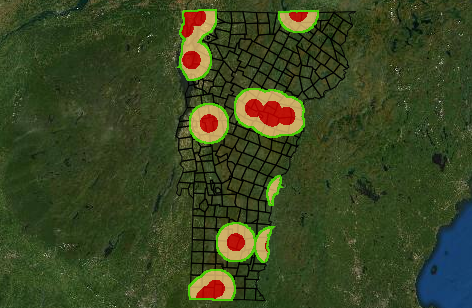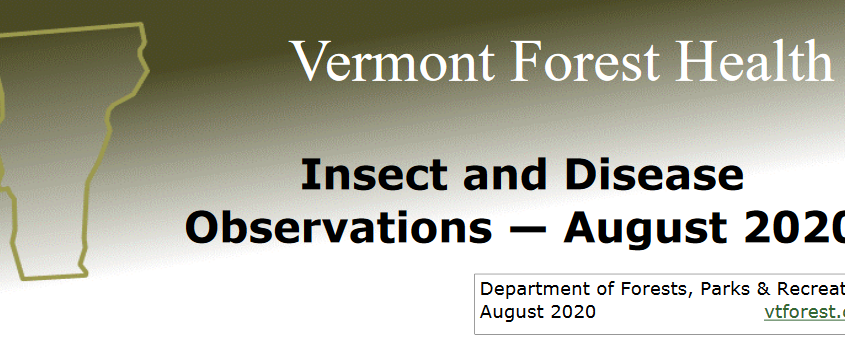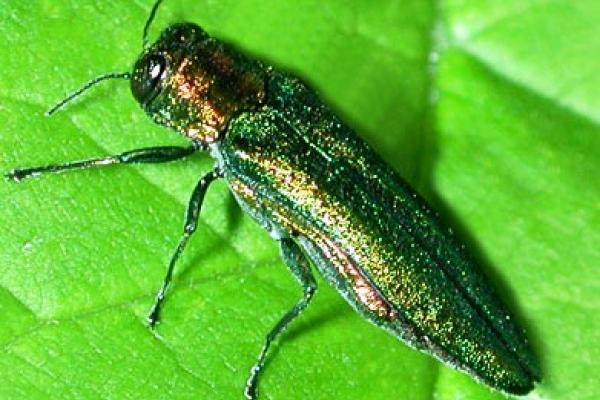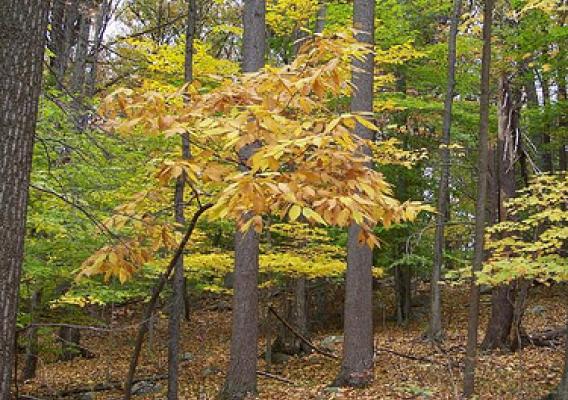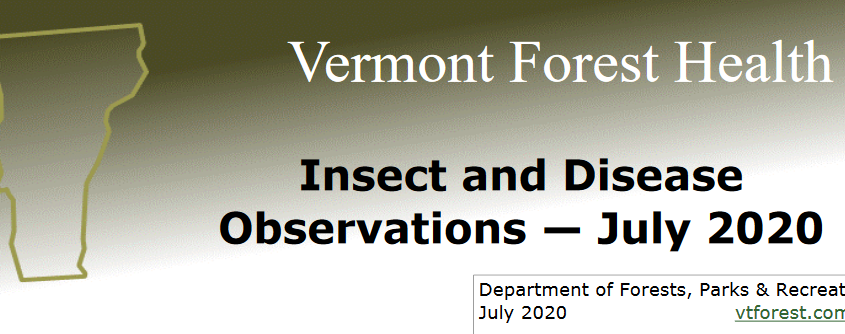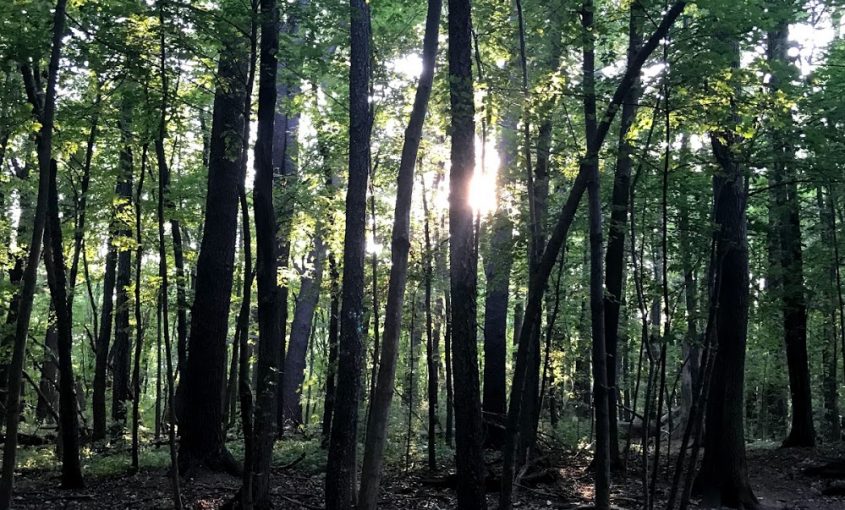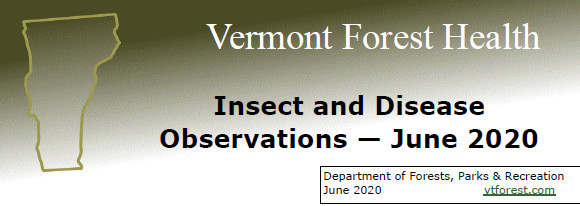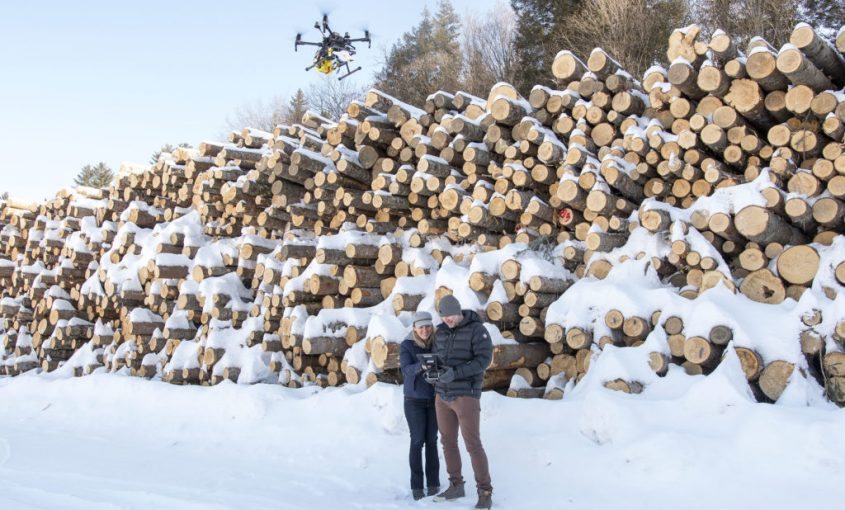Vermont EAB Update
Several new detections of EAB in northwest Vermont have expanded the current infested area into Franklin County. The map of the infested area in Vermont to which “Slow the Spread” recommendations apply now includes new areas in the towns of Isle LaMotte, North Hero, St. Albans, Swanton, and Highgate. A small area in the town
Read More...


